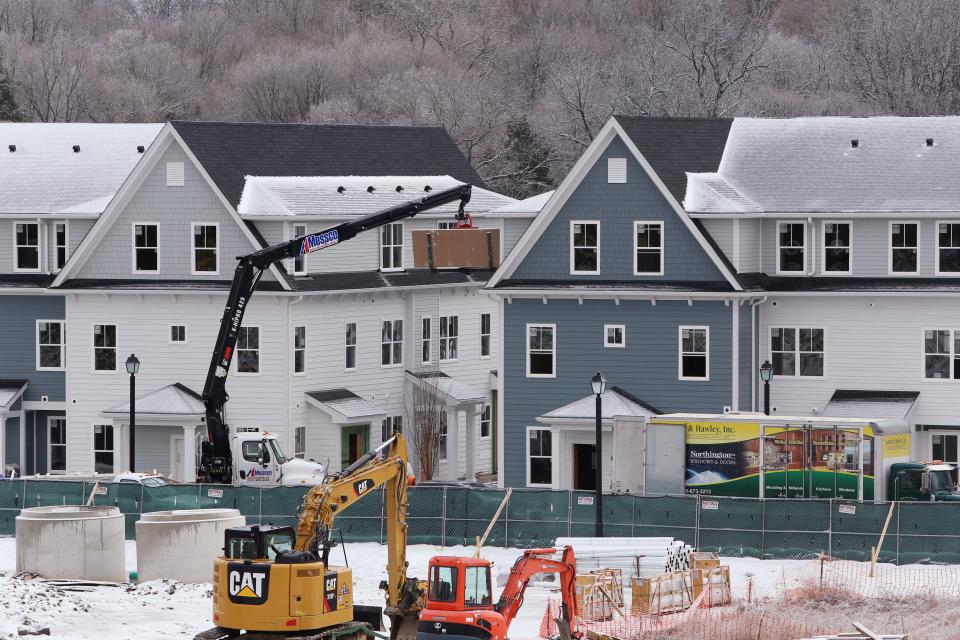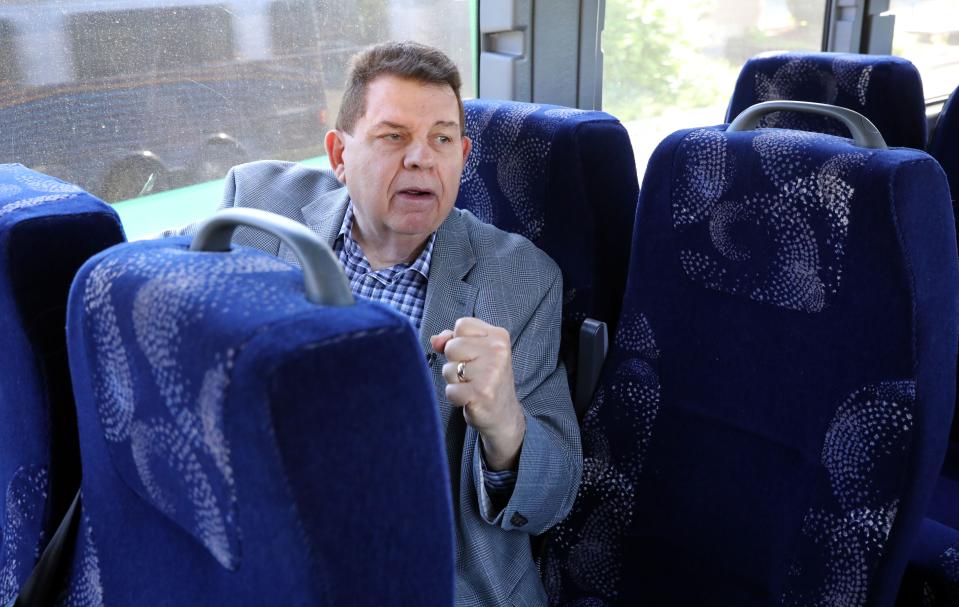Hudson Valley transit-oriented development must be led locally | Opinion
Regarding "How many new homes must your town OK to meet NY Gov. Hochul's targets? Check our database," lohud.com, Feb. 9:
Let’s stop romancing regionalism, especially in home-rule environments, unless the goals and objectives are very clear.
The role of state government should not be "setting growth targets of 1 %and 3% for each of New York’s more than 1,500 towns ,cities and villages.”
Databases do not build housing nor do they support infrastructure and the bones of sustainable communities.
Selected local officials, mentioned in the article, have it right when they say the role of state government should be to fund physical infrastructure like water and sewer facilities. I would add open space recreation and other community facilities to nurture and support housing.

New York State has a long-lost history at attempts to override local zoning ordinances with the Urban Development Corporation and with HUD to promote “fair share” housing for low and moderate income housing especially in Yonkers and Westchester County. The lessons learned are not to lead with numbers from on high but to look to those who know the local landscape — elected and appointed officials.
Initiatives cited in the article by Clarkstown and Suffern to build housing near train stations create sensible development patterns. Transit-oriented development provides more compact development and less suburban sprawl within walking distance or a short bicycle ride to a transit hub. These types of local land use initiatives promote more sustainable communities and help tame the use of automobiles. The target of “7,816 housing units for Hempstead on Long Island…” mentioned in the article, needs a land-use context.
We need to move beyond a game of numbers and recognize that leading with top down secondary source material from higher levels of government does not work.
Floyd Lapp, a resident of New City, was vice chairman of the Rockland County Housing Advisory Committee and director of Housing and Community Development for the Tri-State Regional Planning Commission in the 1970s and 1980s.

This article originally appeared on Rockland/Westchester Journal News: Hudson Valley transit-oriented development must be led locally

